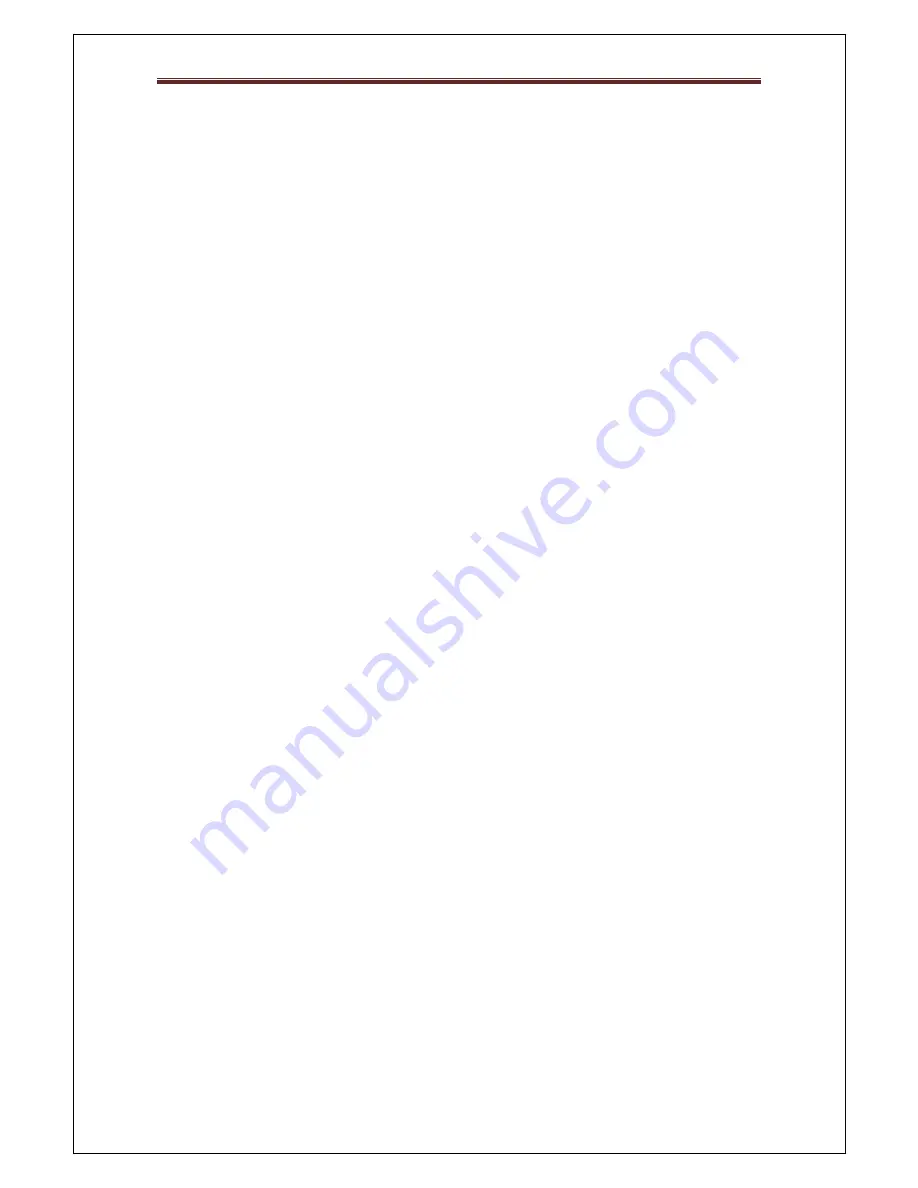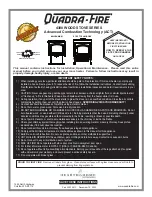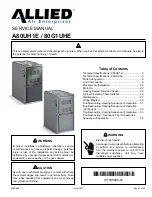
INSTRUCTION MANUAL – Cast iron stove PORTO
4
A correct stove location requires, depending on a model, from 150 to 220mm gap at each side of the
appliance.
Especially in case of old buildings make sure that the floor has a sufficient load bearing capacity. In some
cases, enforcement of the structure can be necessary.
The surface where the stove will be installed should be even and flat. In case of floors and walls made of
combustive materials additional protection such as marble, tin or granite panel will be required.
The safety measures have to be applied as well in direct surrounding of exhaustion canals.
3.1.4.
Uneven surfaces
To mitigate troubles with installation in rooms with uneven floors it is possible to regulate a level of every
leg separately (in models Porto, Almeida, Madeira, Morena).
3.2.
Exhaustion - chimney
For effective exhaustion it is essential to follow the guidelines:
•
Positioning of the pipes should be maximally vertical to maximize effectiveness of exhaust system.
•
Avoid 90º angels if a bypass is required. In that case we recommend a bypass with 45º angles.
•
If the flue pipe transport smoke directly outside of the chimney, it should protrude 40 cm above the
chimney level.
4.
Usage
4.1.
Fuel
Use a recommended fuel to ensure optimal stove efficiency. Actual heat output can differ significantly
depending on wood type, its hardness and moisture.
4.1.1.
Recommendations
We highly recommend hard wood logs of broad leaf trees (with moisture level below 15-20%). Make
sure that the logs are cut accordingly to the burning chambers requirements. To obtain
recommended moisture level wood should be stored in dry and well ventilated place around one, two
years. Recommended wood: oak, hornbeam, beech, ash wood, acacia.
4.1.2.
Prohibited fuel
It is prohibited to use:
•
any form of coal, other minerals or solid mineral fuel
•
exotic wood
•
green wood or damp wood (with moisture level above 20%). It significantly reduces efficiency and
can cause deposition of soot, tar etc. inside the burning chamber and exhaust
•
processed wood (laminated, impregnated etc.), chipboards, pallets, waste wood etc., that can block
installation, have negative environmental effect and limit durability of the stove (due to a high risk of
overheating) and cause high fire hazard
•
chemical liquids, such as: petrol alcohol, oil
•
trashes




























